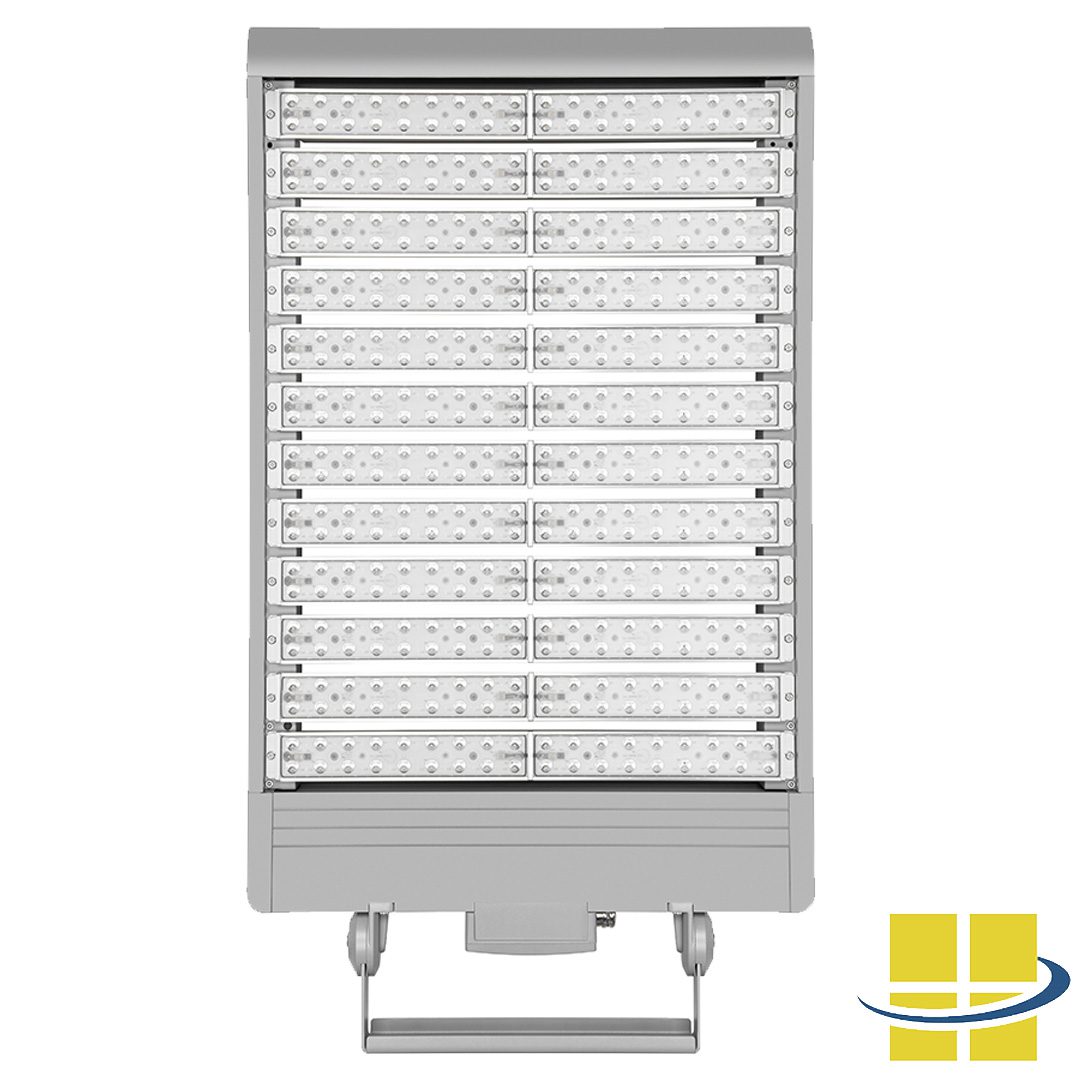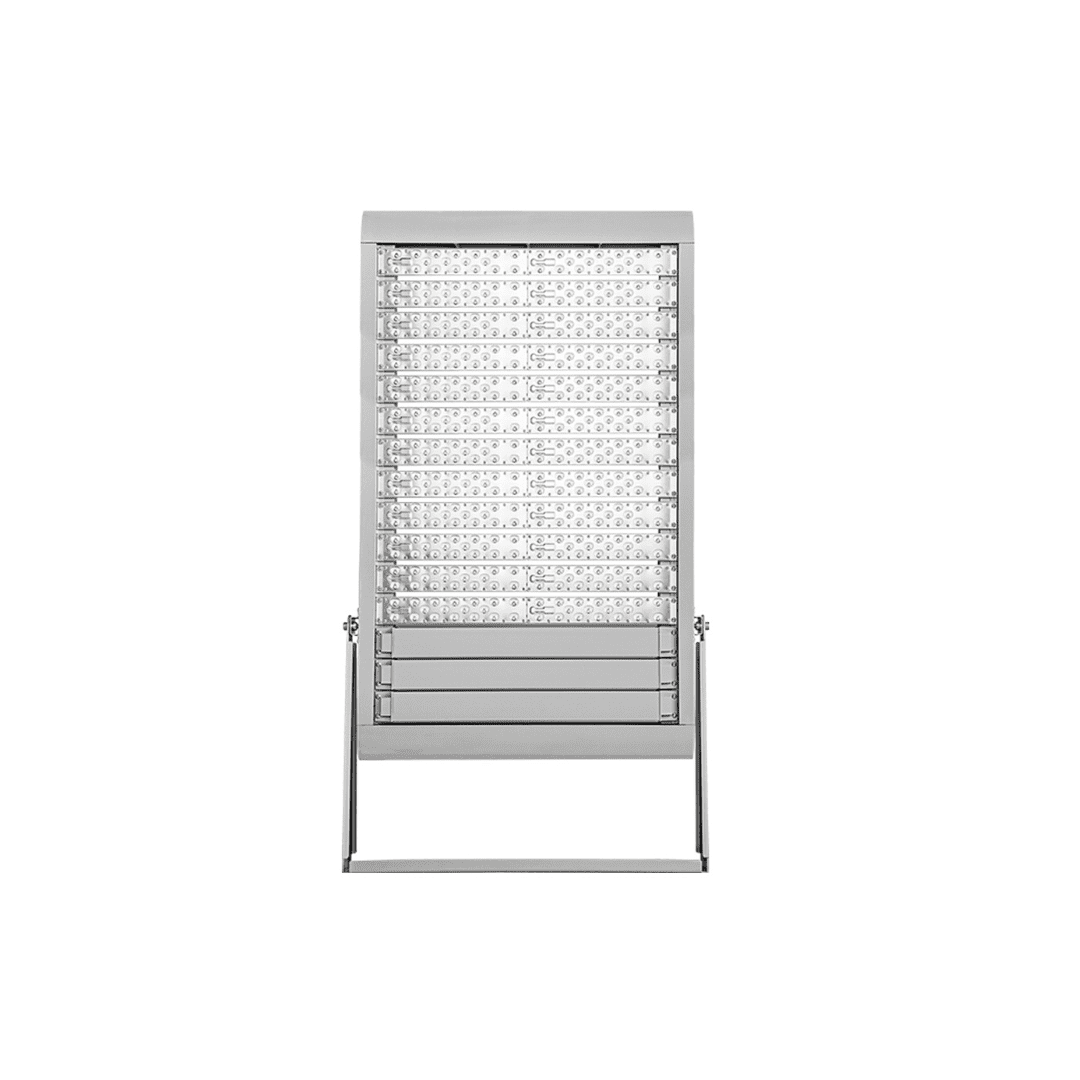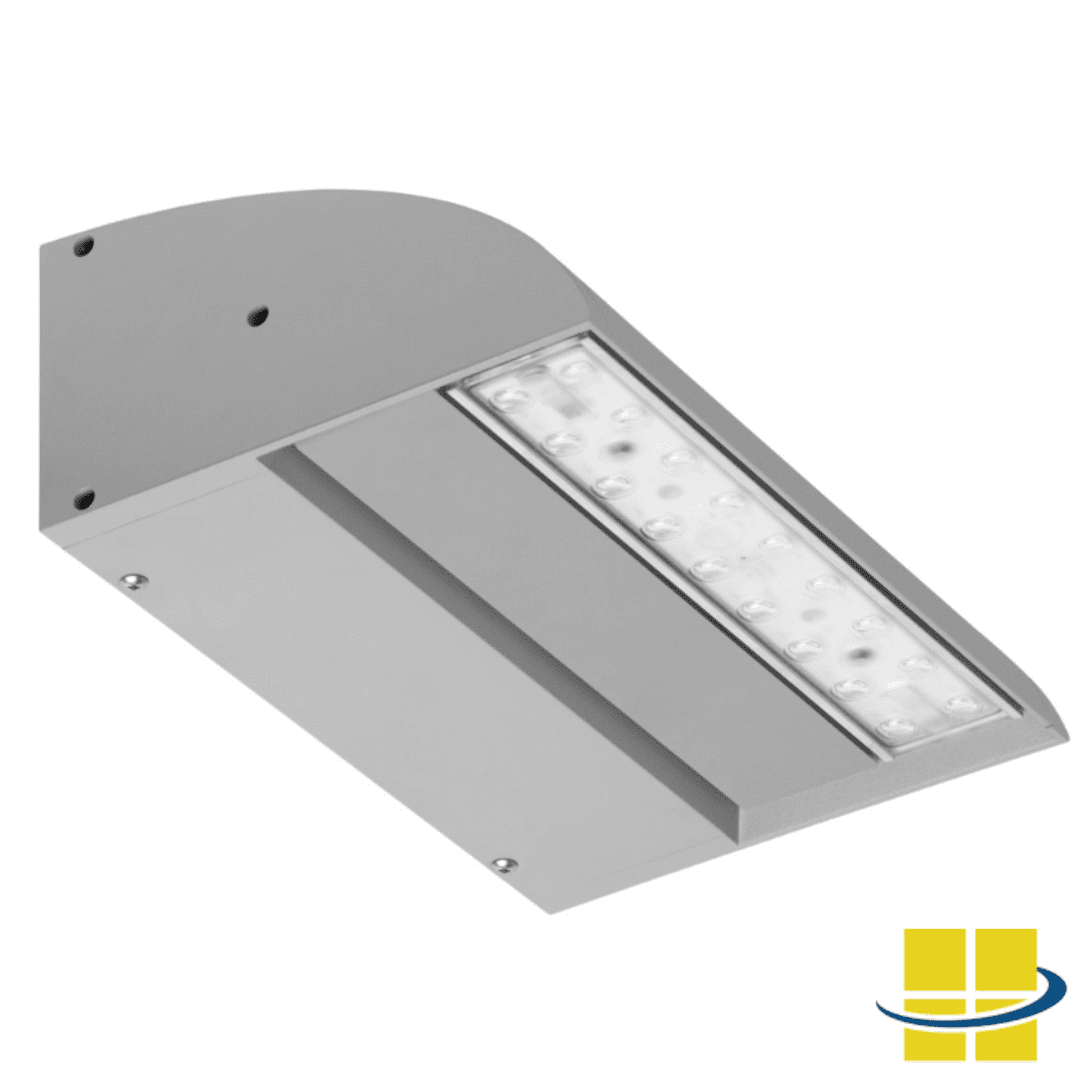
The Color Rendering Index (CRI) is a crucial concept in the lighting industry, indicating a light source’s ability to display colors in their truest forms accurately. It assesses how well a light source represents various shades, making it a significant factor in choosing lighting for any project. Expressed as a number on a scale of 0 to 100, a higher CRI indicates better color accuracy. A CRI of 70 or higher is generally considered appropriate for high-quality and energy-efficient lighting products. Essentially, CRI measures how a light source makes colors appear, emphasizing the importance of choosing lighting that renders colors accurately to the human eye.
How Does the Color Rendering Index Work?
Color rendering is measured on a scale called the color rendering index (CRI), which runs from 0 to 100 percent. It indicates the accuracy of a light when compared to a reference light source. A reference light source such as daylight or incandescent lightsis used as a benchmark for the accuracy and suitability of the light. The closer the CRI is to 100 percent, the more accurate the light source will render a color’s appearance. For example, a CRI of 95 represents considerable value, while a low CRI rating indicates that some colors will not appear as vividly when illuminated.
CRI and color temperature are similar in that they are often measured by their ability to render colors. The color rendering index is an independent method of describing characteristics of light, for example, and is different than the measurement of Kelvins (warm and cool light).
How is the CRI Used?
We have now established that a high CRI is better than a low CRI, but three questions immediately follow: What exactly is measured, how are those measurements taken, and is there value in having a CRI as high as 95? The color rendering index is a commonly recognized metric and the only means available for accurately evaluating and reporting the color rendering of light sources. While CRI is based on eight defined color samples, the results of a CRI evaluation are found mathematically. The predefined color chart is used to evaluate the appearance of specific colors and compare them to the reference light source (discussed above).
The eight defined colors used to measure CRI are from the Munsell color wheel. To run accurate color comparisons, the color temperatures of the reference light source and the test light must be identical. For example, it is a misconception that a light source with a high CRI will produce light similar to a bright sunny day, making your home look like the sun is beaming inside. This is incorrect. CRI measures how accurately a light source compares to a similar light source of the same color temperature.
Other Ways to Measure Color Rendering
Aside from CRI, another common way of measuring light is by correlated color temperature (CCT). CCT is a form of measuring a light source using Kelvin (K) temperature. Kelvin temperature specifies the warmth or coolness of a color’s appearance. A low Kelvin temperature will be softer and warmer, while a higher Kelvin temperature will be cool light. For example, 3000K is considered warm white because it falls more toward the yellow end of the white-light spectrum and is typically used to instill comfort (often used in homes and restaurants). 4000K can be considered neutral white and is one of the most popular Kelvin temperatures for LED sports lighting. Lastly, 5700K, or cool white, falls close to the blue end of the white-light spectrum and offers a crisp and clean color often compared to daylight.
While CCT classification of a light source gives an overall positive representation of the appearance of a lamp, this is not always the case. Two lamps may have the same CCT, but when used for their intended purpose, the colors are not the same. This is because it is rare that a color is made up of just one solid, defined color. More likely than not, the application will have many colors and shades. Therefore, something with the same CCT can result in different results.
Measuring Light With Color Quality Scale
Another way of measuring light is by color quality scale (CQS). Traditionally, we have measured light sources using CRI. CQS is a new way of measurement and may eventually eliminate CRI. The main reason behind this movement is the challenge of measuring LEDs with CRI. CRI measurement gets more complicated when you consider that its natural light source is a black body radiator and, as mentioned previously, is based on eight colors. Incandescent bulbs receive a CRI of 100, yet they are far from ideal color rendering. And, vice versa, a light source can receive a poor CRI score even if it works well with bright colors. For example, LEDs can accurately illuminate bright or saturated colors but not always unsaturated colors. A low CRI for LED lighting can be misleading. CQS is an alternative method that uses 15 colors that span a broader range of object colors. Additionally, CQS considers factors such as chromatic discrimination and human preference.
Applications That Require a High CRI and Fixtures That Deliver High CRI
Access Fixtures offers a wide range of high CRI fixtures, such as those in the APTA, APTI, and APTO families. These fixtures come standard in 70+ CRI but are available at 80+ CRI and 90+ CRI at a minimal extra cost. APTA and APTI fixtures are high-powered pole lights used for sports lighting applications, park lighting, and anywhere a maximum amount of footcandles is desired. APTO fixtures are full cutoff wall packs in two different designs.
Applications that typically require a high CRI include LED sports lighting, indoor manufacturing facilities, car detailing shops, retail stores, studios, art museums, and other properties where excellent visibility and color rendering accuracy are crucial.
Speak to an Access Fixtures Lighting Specialist or Start Shopping Now
Access Fixtures is your factory-direct source for high-quality lighting, including LED industrial and warehouse lighting. Request a call from an Access Fixtures lighting specialist for more information on the best solution for your application, or simply call 800-468-9925.






